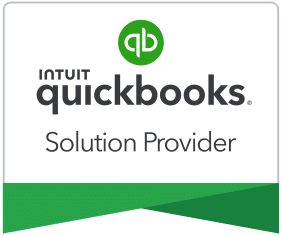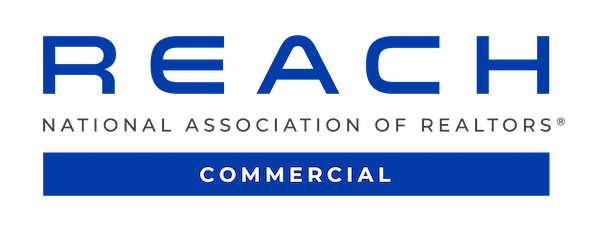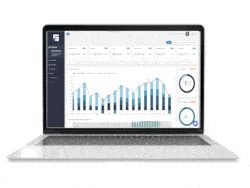Commercial real estate ranks high on many people’s wish lists for a good reason. It is a profitable endeavor! However, if you want to purchase a commercial property, it’s essential to consider that larger profits could mean increased responsibility, too. Meaning – do your homework. Know what you are getting into.
Here are a few steps to consider when you are considering purchasing commercial real estate.
1. Know the Reason for Your Investment
Before you begin, ask yourself why you are investing. Understand what you hope to achieve. Write this down and classify your reasons. Decide what you wish to achieve. This will help with understanding the type of commercial asset class you need to pursue.
2. Know Commercial Real Estate Language
The vocabulary and abbreviations used in commercial real estate are vast. It’s important to familiarize yourself with these terms at the start so you can talk the language with brokers. This article covers some of the metrics that matter most to real estate investors.
Here are a few common terms to get started with:
- Loan-To-Value (LTV): A proportion of how much money you are borrowing from a lender vs. the complete value of the asset you are purchasing.
- Debt Service Coverage Ratio (DSR): It is the ratio of income coming in that is available to service the debt.
- Capitalization Rate (sometimes called Cap Rate): Cap rate is a way to evaluate one investment against another. It is a way to look at the return on the original investment in a property and is based on the Net Operating Income (NOI).
- Cash on Cash Return: Ratio of annual income produced on the asset as compared to the original amount invested.
- Vacancy Rate: Portion of units available for rent as compared to all units in the asset.
- Letter of Intent Real estate (LOI): Term used in a contract, which means you are intending to enter a real estate deal.
3. Work out Your Financing Options
Like most individuals, you’ll likely need financing to purchase a property. To do this, you will need to get your finances in order and prepare a personal financial statement. Any credit union, bank, or private lender will require some form of this. A personal financial statement lays out all your assets, debts, and other financial obligations. This provides the lender with information as to whether you are creditworthy or not. It is important to note that if you are shopping for the best lender for a purchase, this process will take some time.
4. Look for a Property That Meets Your Objectives
With all that in place, start your search. By now, you must know your limitations and what you are willing to invest in terms of both time and money. Note that, it is not necessary to buy a place- it really does not matter if it appears to be a great deal; this might just be surreal.
5. Understand Your Investment Options
Commercial real estate is a comprehensive term. A few examples of commercial real estate are industrial complexes, warehouses, retail shops, office buildings, huge apartment buildings to name just a few. Do your research and understand the characteristics of each asset type including:
- Know what sort of support or management you will need in place to support properly and the associated costs for that support
- Understand maintenance schedules and replacement timelines
- For your geographical area, you will want to understand how long it has taken to fill vacant units
- Length of leases for the asset type
- Lease types for the asset type
- Appropriate reserves for capital expenditures
Work with a qualified broker to help you evaluate your options and guide you through your first purchase.
6. Know what Risks You Can Bear
Again, work with a qualified broker to help you with your first purchase. Do your research, ask the questions and don’t stop asking questions until you completely understand. An important part of the evaluation process is having a clear understanding of how much financial risk you can withstand. Some asset classes take much longer to fill than others. Can you stomach the wait? What sort of renovations do you want to get involved with?
7. Due Diligence and Escrow
The Business Sale starts with the Seller’s approval of the Buyer’s proposal. This point is where it gets much real- Money is about to alter hands. There won’t be much information about the property until you purchase. Once the parties are pleased with Due Diligence, they must take the sale agreement and the payment to a qualified Escrow Corporation.
The concluding closing escrow agreement would have things such as a non-foreign affidavit, quitclaim deed, bill of sale, title affidavit, sale and consignment of contracts, supplier guarantees, and warranties.
Conclusion
A mistake that most commercial property purchasers make at the time of investing in real estate is that they get emotional about the matter. Always note that it is a sensible decision, not an emotive one, and so always keep patience and stay focused.
Buying profitable real estate can take some time; however, if you follow the above 7 steps, it can be much easier.
Author Bio
Jennifer Lenda, a writer by calling and an academic, has created well-researched and remarkable content for dozens of websites in the purview of the Business Sector. She has a deep understanding of the inner workings of several business areas, and the agreements required in these areas to be successful.






